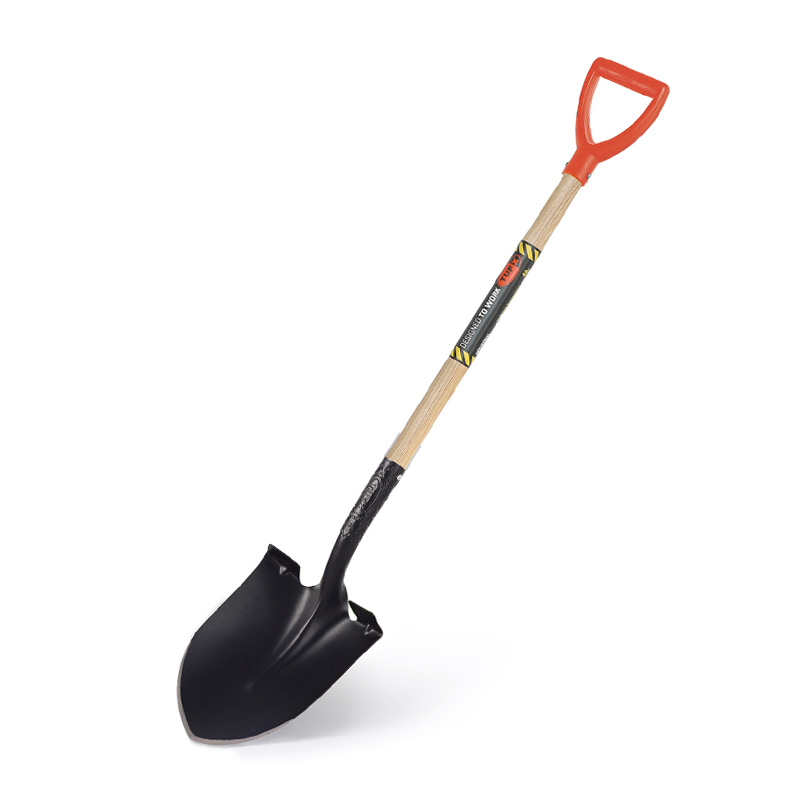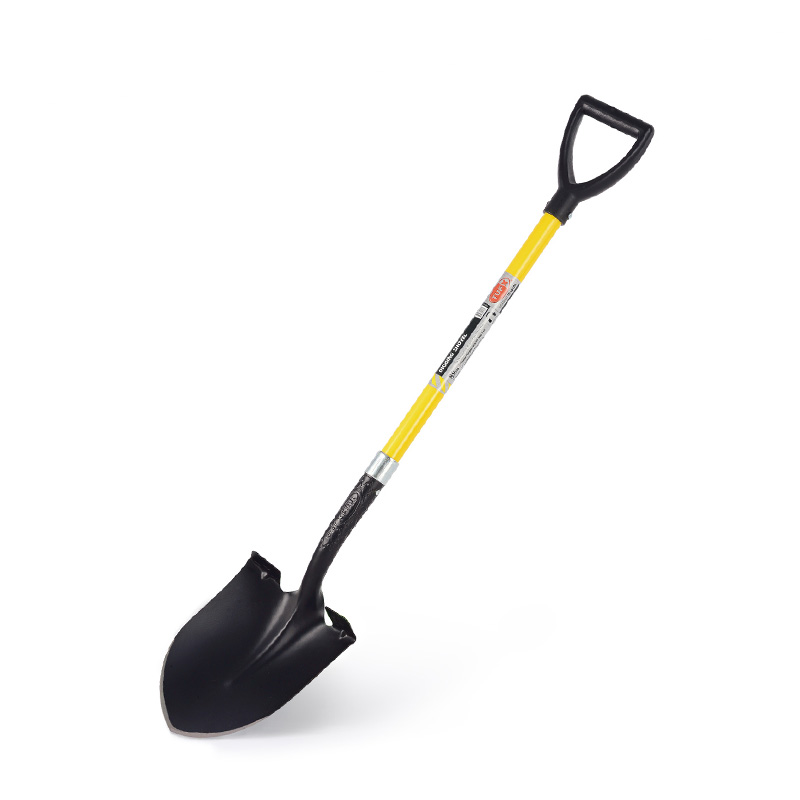Differences between wooden hand tools and fiberglass handle tools.
When it comes to choosing hand tools, one of the most important factors to consider is the material used in the handle. The two most popular choices are wooden handles and fiberglass handles. Both materials have their own unique advantages and disadvantages, and choosing the right one will depend on the specific needs and preferences of the user.
Wooden Hand Tools

Wooden handles have been used as hand tools for centuries. They are a traditional material that is often favored for its natural aesthetic appeal, and many people find them comfortable to grip. The most commonly used types of wood for tool handles are hickory, ash, and oak.
One of the main benefits of wooden handles is their natural shock-absorbing properties. When using a wooden-handled tool, the vibrations from the impact are dampened by the wood, reducing the strain on your hands and arms. This can be particularly helpful when using tools for extended periods.
However, wooden handles can be vulnerable to moisture and humidity. If left in a damp environment, the wood can swell, making the handle uncomfortable to grip and potentially weakening it over time. Additionally, wooden handles can split or crack if subjected to heavy use or impact.
Fiberglass Handle Tools

Fiberglass handles are a relatively modern alternative to wooden handles, first appearing in the 1950s. They are made from a composite material consisting of fiberglass and a resin binder. The resulting material is lightweight, durable, and resistant to moisture, chemicals, and temperature changes.
One of the main advantages of fiberglass handles is their strength and durability. They can withstand heavy use and impacts without cracking or splitting. Additionally, fiberglass handles are resistant to rot and corrosion, making them a good choice for outdoor use.
Another benefit of fiberglass handles is their smooth surface, which makes them easy to clean and maintain. They also provide a consistent grip, which can be helpful for precision work.
However, fiberglass handles do not have the same natural shock-absorbing properties as wooden handles. This means that they can transmit more vibrations through to your hands and arms, which can be uncomfortable if using the tool for extended periods.
Conclusion
In conclusion, the choice between wooden hand tools and fiberglass handle tools ultimately comes down to personal preference and the specific needs of the task at hand. Wooden handles offer a natural aesthetic appeal and shock-absorbing properties, but they can be vulnerable to moisture and cracking. Fiberglass handles, on the other hand, are durable, easy to clean, and resistant to rot and corrosion, but they can transmit more vibrations. Ultimately, both materials have their unique strengths and weaknesses, and the decision between them will depend on the individual user's needs and preferences.